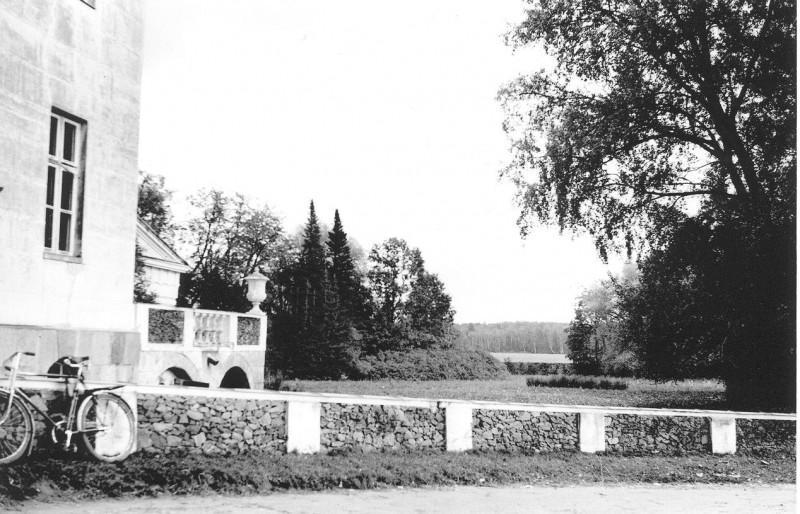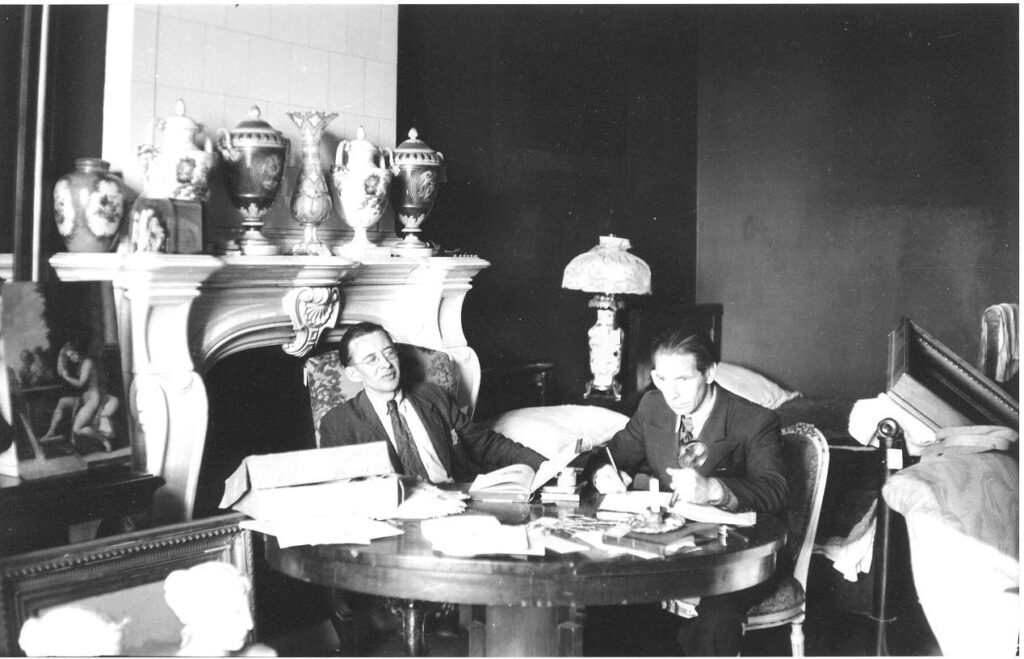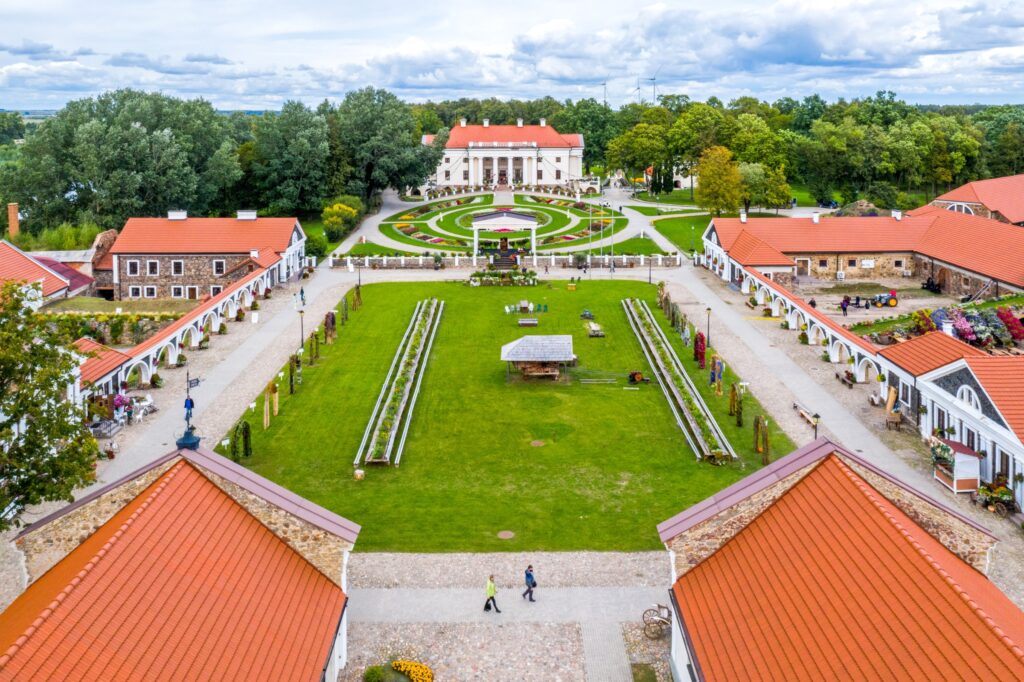Lords of the Manor
Pakruojis manor was first mentioned in written sources in 1531. The founder and first owner of the manor was Rietavas’ tijūnas, M. Vakavičius, and later the manor was ruled by V. Martinavičius, A. Koleckis, S. Juškevičius, the noble Zabielos, and then Count Münster. In 1786, Countess Alexander married Wilhelm von Ropp, and the manor became the property of the Ropp family as part of the countess’s dowry.
Pakruojis Manor was ruled by several generations of Ropps: Theodore (1783-1852), Herman (1810-1890), Leon (1860-1940), and Julius (1910-1944).
Its first buildings were made from wood. The brick ensemble of the manor house was built between 1817 and 1840 using local materials. During the years 1835 to 1840, a large English-style park was planted on the manor’s land.
The palace was full of art treasures. Among them, a collection of fine arts – paintings, graphics and sculpture – some of which were particularly interesting and rare. The pioneer of the collection is considered to be Theodore von Ropp, who travelled to France, Italy, and Spain and brought back many works by Italian, Dutch, and French artists. The collection was replenished, often sold, and moved around the Ropp’s different manors in Lithuania and Latvia. Of the works in the collection that were sold, only a few are known to have entered public German and Italian collections. After nationalisation in 1940, the paintings from the collection were taken to M. K. Čiurlionis Art Museum in Kaunas, and one painting and two sculptures went to the Šiauliai “Aušra” Museum.
The owned about 6,500 tenths of land. Ever since the time of Baron Wilhelm Ropp, the manor developed a commercial farm that generated a lot of income. In 1866, a manor pharmacy was established, which served 3956 inhabitants, and there was a twelve-bed hospital as well. In 1897, there was an exemplary credit society in Pakruojis, led by Baron Leon von Ropp. In 1909 a brewery and steam mill was established. After the First World War, Pakruojis Manor was considered to be an exemplary farm famous for its industrial animal husbandry.
After the 1922 land reforms, the Ropp’s farm diminished: they were left with the centre of the manor and 300 hectares of land. Land reclamation was carried out, and animal husbandry, horticulture, and beekeeping were further developed. In 1940, Julius von Ropp inherited the manor. During the war, the German repatriation headquarters were housed in the manor. In 1944, Julius von Ropp retreated to the West with the war refugees and his fate became unknown.
After the war, a Soviet farm was established and in 1959, the palace was renovated which took twenty years in total. An agricultural technical school was founded which later became a school for the training of agricultural personnel.
Currently, the reconstructed buildings are used to provide accommodation, catering, rental space, events and other recreational services and activities, thematic excursions, and entertainment. Pakruojis Manor is now a functioning, “living” architectural heritage, which allows people to experience life as it was towards the end of the 19th century is intended for the local community, as well as guests and tourists from Lithuania and all over the world.







